Over this past year the hit Nickelodeon cartoon “Avatar: The Last Airbender” has seen a resurgence in popularity— rightfully so, as it is without a doubt one of the greatest animated series ever made. The story of Avatar Aang as he mastered the four elements and battled the Fire Nation gripped a generation of kids. The show has everything you’d want: good characters, interesting conflict and fantastic animation. As much as fans love the cartoon, they hate the live-action movie adaptation with a burning passion. M. Night Shyamalan’s live-action remake of “The Last Airbender,” released in 2010, is often discussed as one of the worst movies ever made. The reception was so negative that Nickelodeon and Paramount scrapped their plans for a live-action trilogy. Because the cartoon is so beloved, the reaction to the movie became very hyperbolic. While “The Last Airbender” certainly has major faults, it is nowhere near as bad as it has been made out to be, and in a few areas even surpasses the cartoon.
The movie adapts the first season of the cartoon and shares the same basic plot. It’s a world where there are four nations based on the elements earth, fire, air and water, in which the power to bend the elements is the most respected martial art. Only the Avatar can master all four elements and keep the world in balance. The Avatar disappeared for one hundred years, giving the Fire Nation the opportunity to wreak havoc on the world. The siblings, Sokka and Katara, find the new Avatar, a child named Aang, and have to evade Prince Zuko and Admiral Zhao as they travel to the North Pole so Aang can learn waterbending. Since the movie is only 90 minutes, most of the differences come from what was omitted from the cartoon.
There are a lot of common criticisms of how the movie handles the characters, story and casting. The film faced controversy for casting predominantly white actors in non-white roles, as well as casting the Fire Nation as people of south Asian descent instead of east Asian. Many fans were upset that the movie’s characters were not similar enough to their counterparts in the cartoon, lacking the wit and humor that made people fall in love with them. The most frequent complaint is probably how the characters pronounce their names differently from the cartoon. While these criticisms are valid, they are mostly surface level and don’t account for the film’s true problems and ignore what it gets right.
The number one issue with “The Last Airbender” is the editing. There are many scenes, especially in the beginning, where the dialogue is cut together too quickly, scenes end abruptly and there aren’t proper transitions from scene to scene. It frankly makes the first half of the movie rushed and confusing. This is the case because Paramount forced cuts in order to make the runtime 90 minutes. The director, M. Night Shyamalan, filmed many scenes that were never shown which included many more elements from the cartoon. There were also hastily done reshoots that were ordered by the studio.
One thing that is undisputedly in the movie’s favor is that it looks and sounds gorgeous. The cinematography, sets, costumes and effects look stunning. The style is reminiscent of many Chinese martial arts movies, especially “Crouching Tiger Hidden Dragon.” James Horner simply did a phenomenal job with the soundtrack. The music in the movie is in the same league as “Star Wars” or “Lord of the Rings” in terms of epic fantasy soundtracks. There are some fantastic action scenes as M. Night Shyamalan filmed most of the fights in one long unbroken shot. So many movies have poorly shot action, with several quick cuts and close-up shots to hide the fact that the main actor isn’t doing the stunts, or to hide simple bad choreography and direction. It is impressive that Shyamalan was able to film a child actor fighting armies of enemy soldiers all in one continuous shot with it still being comprehensive and exciting. Now to be fair, there are a few bad action sequences as well. Sometimes editing and pace can ruin a fight scene, and given how much the studio interfered, it is not surprising that some scenes in the beginning suffered.
Sometimes a really good climax can save a flawed movie. For example, the final battle in “Avengers: Endgame” was the big payoff to the franchise and more than made up for the film’s shortcomings. Now, the climax of “The Last Airbender” doesn’t save it from being a mediocre movie, but it comes pretty close. The final scene of the movie depicts Aang, after fighting dozens of Fire Nation soldiers, standing on top of the city wall to see the Fire Navy and the thousands of more soldiers that are going to invade. In this seemingly hopeless situation, Aang has no choice but to finally accept that he is the Avatar. As he lets his emotions flow, he remembers his old life and the friends he’s lost, thus coming to terms with what he’s lost so he can move forward. Aang enters the Avatar State and summons a tidal wave large enough to wipe out the entire navy of the Fire Nation. Rather than ruthlessly murder the enemy, Aang allows them to retreat. Then the entire Northern Water Tribe as well as the firebenders bow to Aang having just witnessed his power, and Aang bows back, contrasting the moment where he ran away. The scene is beautiful with excellent visuals and bone-chillingly good music. The ending to the movie is legitimately better than the ending of season one of the cartoon, because Aang goes through a complete character arc culminating in that final scene. In the cartoon, Aang joins with the Ocean Spirit to defeat the fire nation. The moment is given so much more dramatic weight in the movie, with Aang saving the day in a non-violent way through sheer power alone.
One other scene in the climax that is better in the movie than in the cartoon is the confrontation between Prince Zuko and Admiral Zhao. In the cartoon Zuko attacks Zhao, however as the ocean spirit drags Zhao to his death, Zuko reaches out his hand to save him but Zhao refuses. While it is effective at showing how Zuko is not cold-hearted like the rest of the Fire Nation, it’s a pretty cliché sequence. In the movie, Zuko is ready to fight Zhao, but chooses to listen to his uncle and walk away and not let anger force him to make a poor choice. Zhao is left standing alone, a broken man, only to be brutally killed by waterbenders. The movie’s version of the scene, while not as exciting as a fight scene, demonstrates more characterization.
This does not mean the movie’s characters are better than the cartoon’s; far from it in fact. It only means that they get better character moments in a climax that demonstrates a more complete character arc. The cartoon’s characterization versions still overall have significantly more personality and stake in the story.
“The Last Airbender” overall is a frustrating movie. You can see the seeds of what could have been something exceptional: a faithful adaptation of the story, along the unique style of an auteur director. It has its moments of stunning beauty and absolute stupidity. While it doesn’t hold a candle to the cartoon, enough of Shyamalan’s intent carries through to still make it a worthwhile viewing experience. It’s honestly a shame Shyamalan’s original rough cut wasn’t the version that was released, because the creators of the cartoon series gave that version their seal of approval. Hopefully, fans can revisit “The Last Airbender” to find that it wasn’t quite as disappointing as they thought.















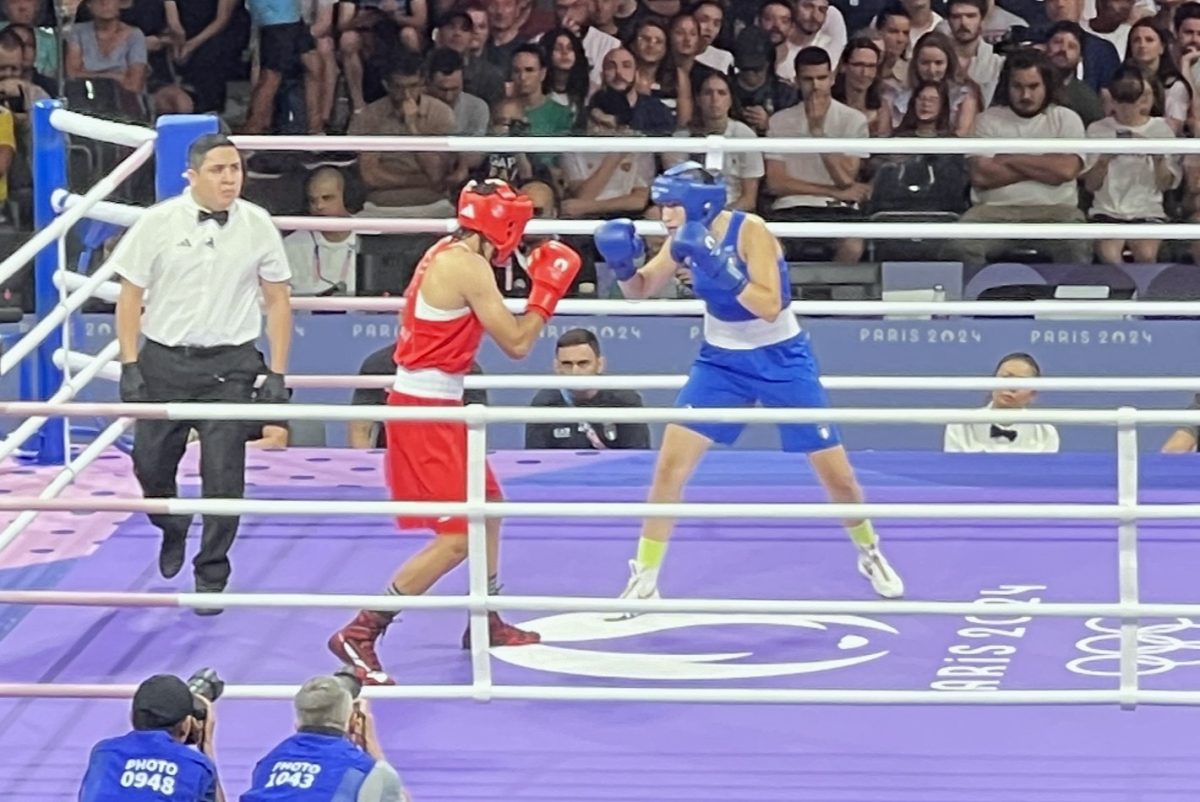



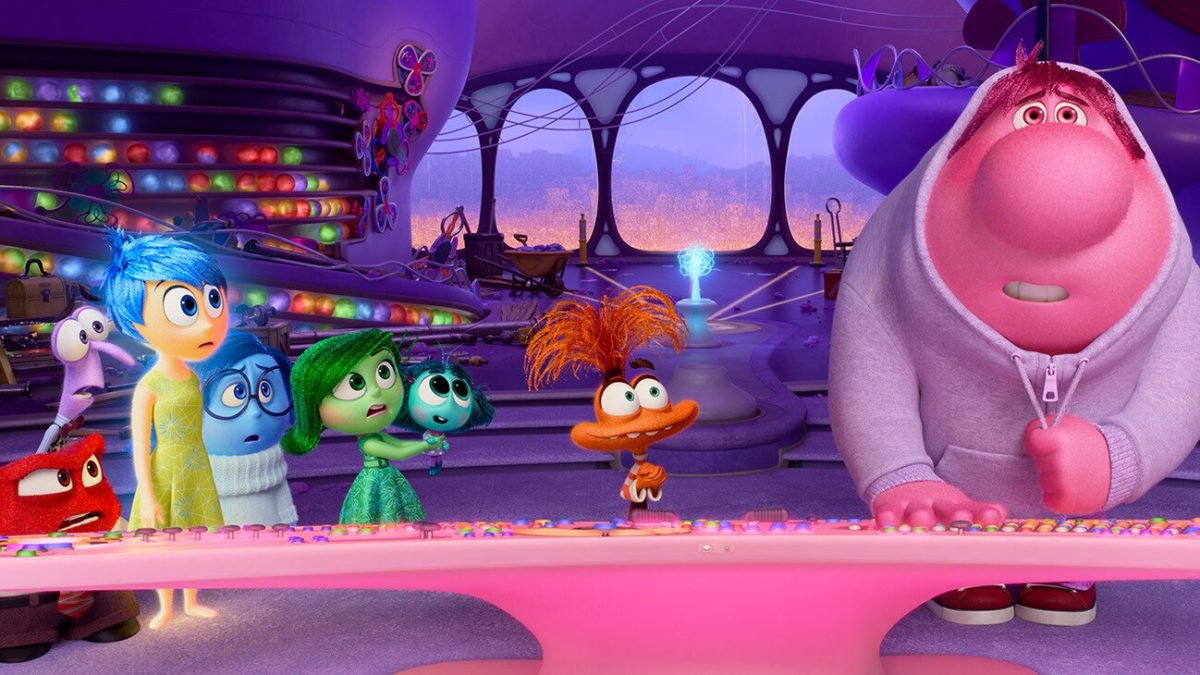









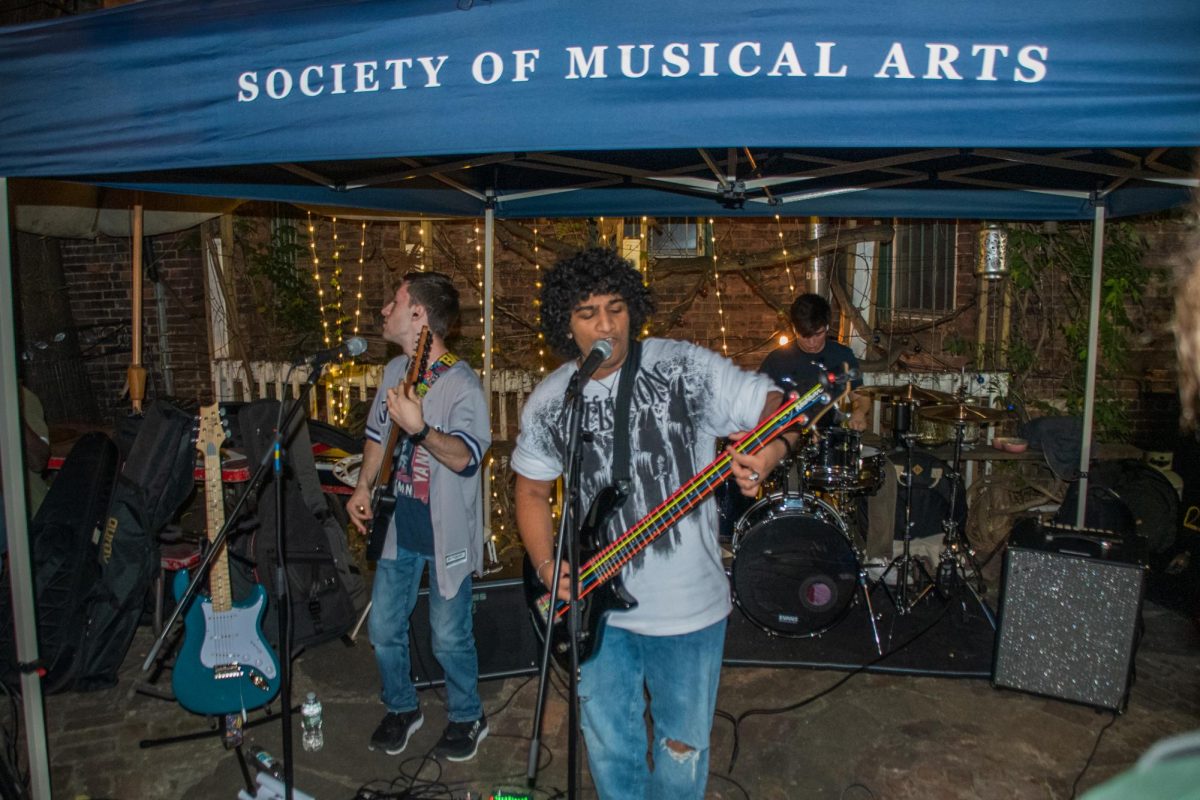
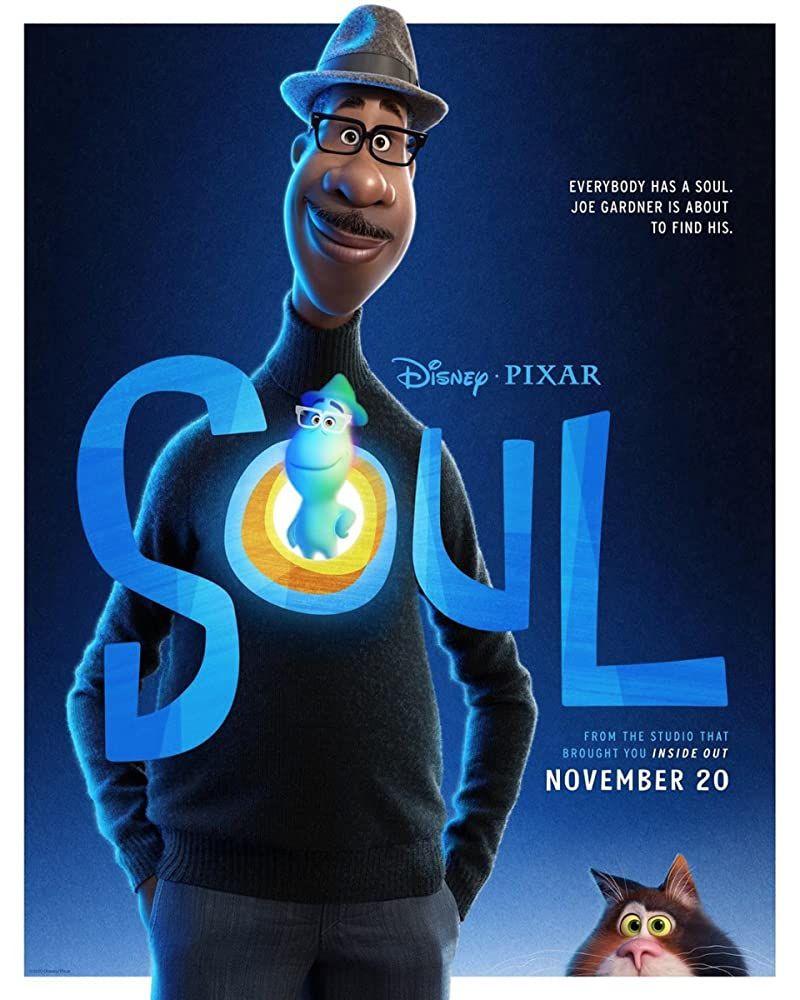
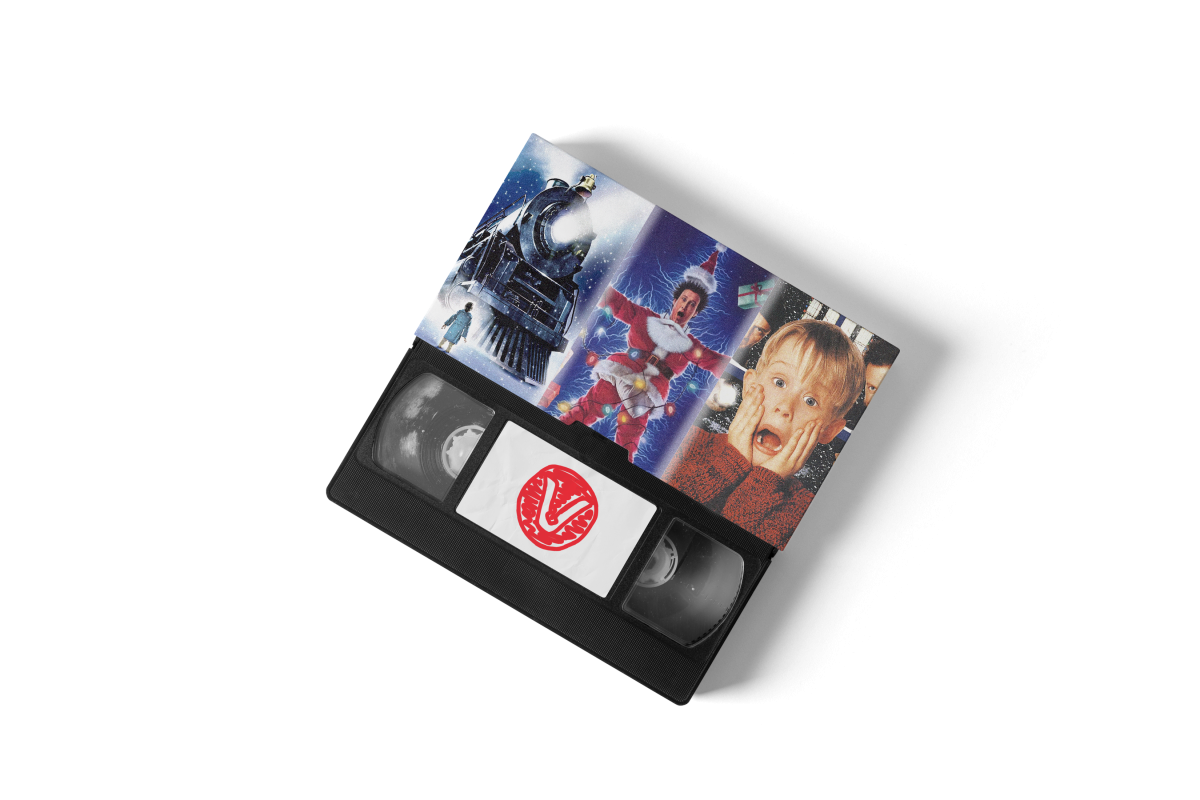

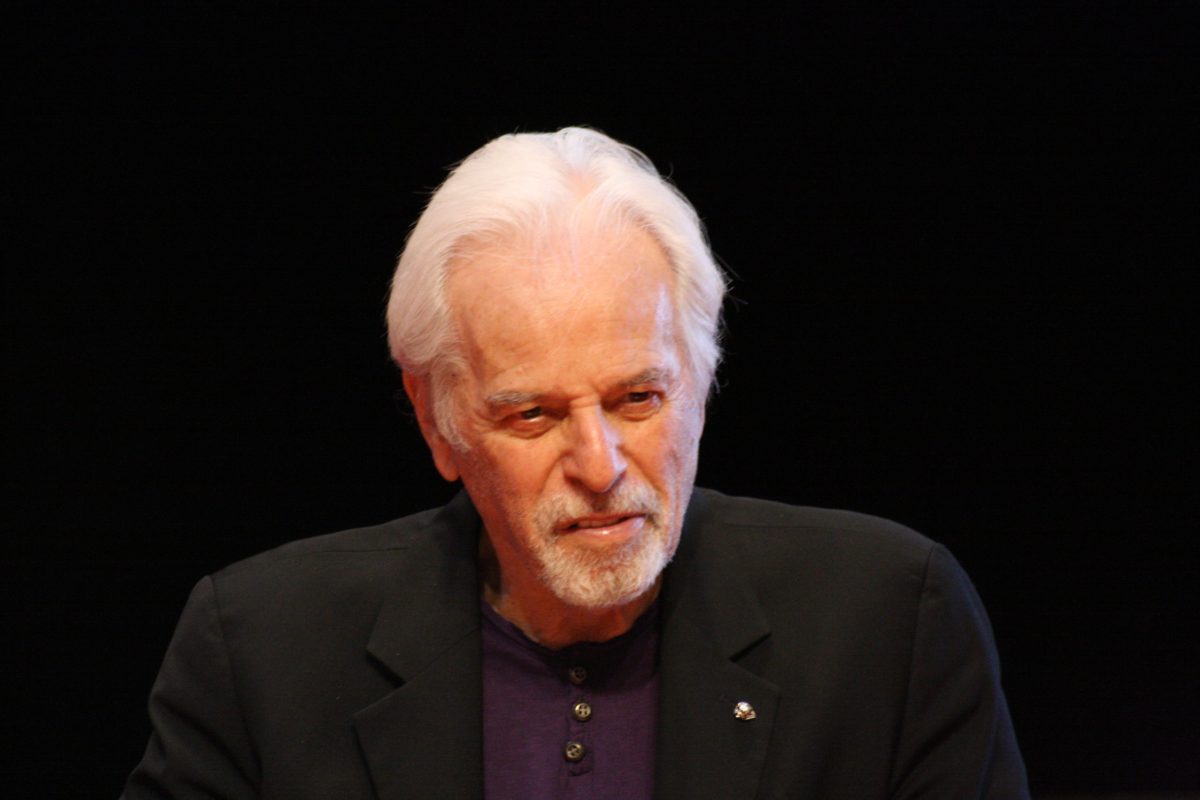
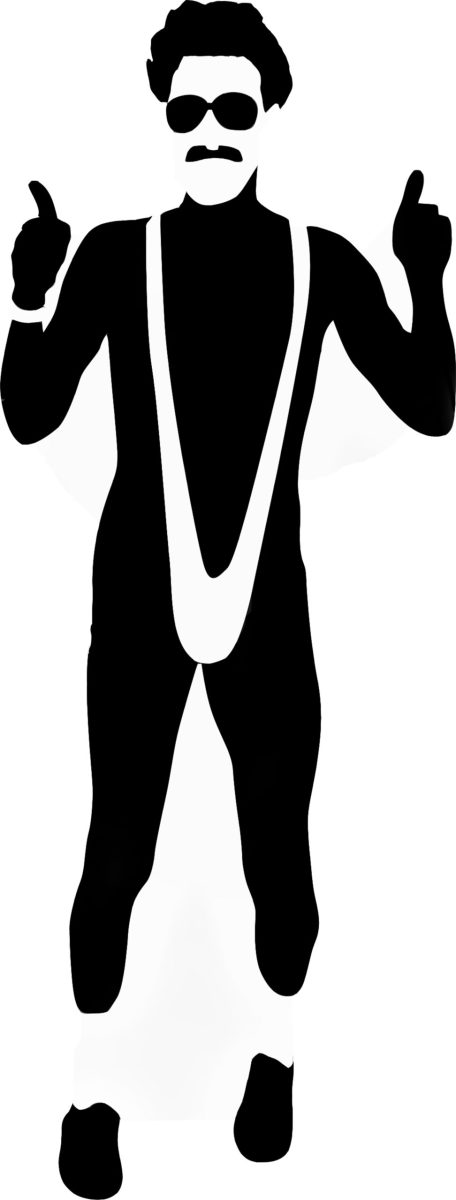

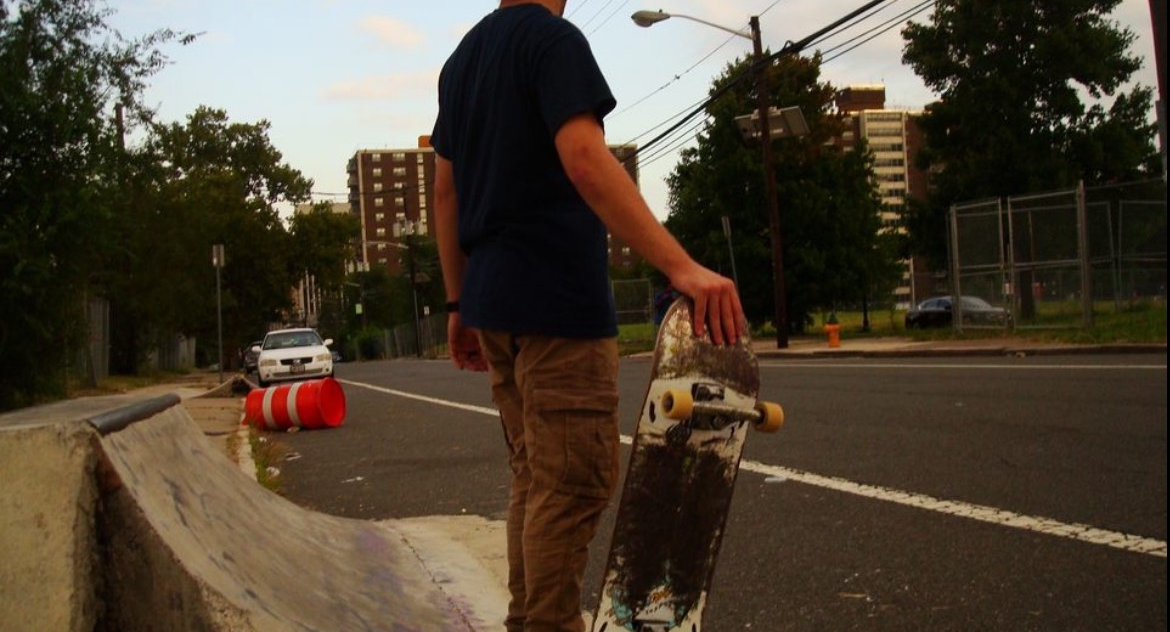
William M. • Feb 13, 2021 at 2:19 am
I appreciate this. I’m a fan of Shyamalan’s depiction of my favourite cartoon of all time and it does frustrate me how it seems no one was willing to give his take a chance. The biggest thing I’d say about it that people seem to overlook, apart from the climax you mentioned which was awesome, and the terrific soundtrack and sets, is the darker, less humorous tone is more suitable for telling this sort of story in a 100-minute feature. In the cartoon, we get a lot of time with Aang and he manages to move on from the genocide of his people, but in the movie, him moving on after so little time would make him seem shallow and dismissive. The movie feels like Aang going through a journey having to accept he couldn’t face his responsibilities as the Avatar and it’s his fault this war has happened and he has to finally face what was destined for him. Not only that, I like the further effort it takes to bend. It felt like the characters were communicating with their element with more layer, and the concept of Firebenders needing a source of fire the same way Waterbenders and Earthbenders need water and earth worked for me, especially since General Iroh making fire out of nothing and the idea of all firebenders being able to do this in the next Sozin’s Comet brought further potential to the series. I guess it’s not a subtle point I’m trying to make here: The Last Airbender is a way-overhated film.